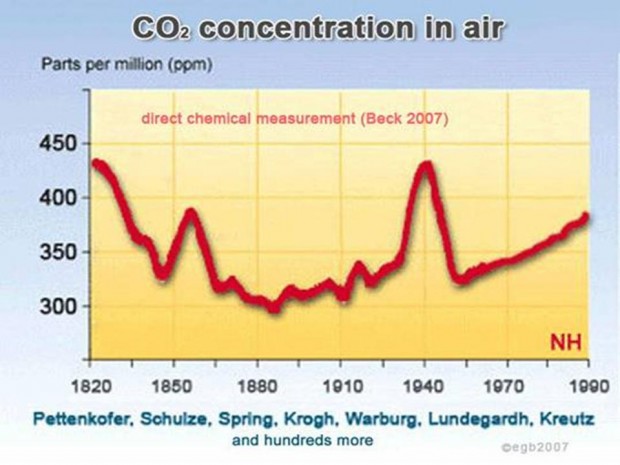May 02, 2007
Kilimanjaro’s Glaciers May Last Longer Than Predicted
Nick Wadhams, National Geographic News
The fabled snows of Tanzania’s Mount Kilimanjaro may not succumb to global climate change as quickly as scientists had feared. A joint Austrian-U.S. research team that took seven years of measurements from weather stations atop Africa’s tallest mountain says that its ice fields will be around for another 30 to 40 years, while the glaciers on its slopes could last even longer. Kilimanjaro’s icepacks have been retreating since the 1800s, but “the vanishing of those glaciers between 2015 and 2020 as reported some years ago is definitely unrealistic,” said study participant Thomas Moelg of the University of Innsbruck.
The research team found new evidence showing that lower precipitation—and not rising temperatures on the summit—is the main cause for the Kilimanjaro glaciers’ retreat. See full story here
The fabled snows of Tanzania’s Mount Kilimanjaro may not succumb to global climate change as quickly as scientists had feared. A joint Austrian-U.S. research team that took seven years of measurements from weather stations atop Africa’s tallest mountain says that its ice fields will be around for another 30 to 40 years, while the glaciers on its slopes could last even longer. Kilimanjaro’s icepacks have been retreating since the 1800s, but “the vanishing of those glaciers between 2015 and 2020 as reported some years ago is definitely unrealistic,” said study participant Thomas Moelg of the University of Innsbruck.
The research team found new evidence showing that lower precipitation—and not rising temperatures on the summit—is the main cause for the Kilimanjaro glaciers’ retreat. See full story here
Apr 22, 2007
Thick ice frustrates attempts to free sealers
Canadian Press
Coast guard officials are hoping within days to free 39 sealing vessels that remain trapped in stubborn ice of northeastern Newfoundland. Captain Brian Penney, a coast guard spokesman, says efforts are being frustrated by shifting winds and ice so thick that four icebreakers are having trouble dislodging the vessels. The heavy icebreaker Terry Fox has moved into the area off the Baie Verte peninsula, but is being hampered by the severe ice conditions.
Penney says these are the worst conditions he’s seen in the last 15 years and have caused one of the most intensive coast guard rescue operations. See full story here
Coast guard officials are hoping within days to free 39 sealing vessels that remain trapped in stubborn ice of northeastern Newfoundland. Captain Brian Penney, a coast guard spokesman, says efforts are being frustrated by shifting winds and ice so thick that four icebreakers are having trouble dislodging the vessels. The heavy icebreaker Terry Fox has moved into the area off the Baie Verte peninsula, but is being hampered by the severe ice conditions.
Penney says these are the worst conditions he’s seen in the last 15 years and have caused one of the most intensive coast guard rescue operations. See full story here
Apr 17, 2007
Methane Matters
World Climate Report
If you examine the staggering 1.7 million websites that are identified searching for “Methane and Global Warming,” you will discover that methane may be the very gas to push us past the tipping point sometime in the near future. To add to the scare, you will discover that methane is far more powerful as a greenhouse gas than CO2 – the same mass of methane would warm the earth 23 times more than the same mass of CO2.
Here is the latest twist to the methane story – methane is not increasing in atmospheric concentration! We have highlighted this fact many times before at World Climate Report, and a new article in Environmental Science and Technology reveals that global methane concentration is not behaving the way the IPCC and the global warming advocates would have us believe. See full story here
Apr 17, 2007
Tim Ball’s The Science Isn’t Settled Presentation
Center for Science and Public Policy 3/21/07 Capitol Hill Briefing Series
Tim’s presentation takes on assumption of the accuracy of the station data, model forecasting ability and carbon dixide historical levels and the downplaying of natural factors. See Tim’s PPT
Apr 16, 2007
Carbon Cycle Modelling and the Residence Time of Natural and Anthropogenic CO2
by Tom Victor Segalstad
The evidence of the United Nations Intergovernmental Panel on Climate Change (IPCC), that the apparent contemporary atmospheric CO2 increase is anthropogenic, is discussed and rejected. It is shown why the ice core method and its results must be rejected; and that current air CO2 measurements are not validated and their results subjectively “edited”.
See Tom’s paper here and powerpoint presentation here
The three evidences of the United Nations Intergovernmental Panel on Climate Change (IPCC), that the apparent contemporary atmospheric CO2 increase is anthropogenic, is discussed and rejected. It is shown why the ice core method and its results must be rejected; and that current air CO2 measurements are not validated and their results subjectively “edited”.
Further it is shown that carbon cycle modelling based on non-equilibrium models, remote from observed reality and chemical laws, made to fit non-representative data through the use of non-linear ocean evasion “buffer” correction factors constructed from a pre-conceived idea, constitute a circular argument and with no scientific validity. See Tom’s paper here and powerpoint presentation here
Also you may check out Beck’s paper on CO2 in the Climate Library here Beck on CO2. Beck has shown that using chemical methods CO2 has been higher than at current levels in the 1800s and 1940s.
and this paper by Prof. Zbigniew Jaworowski on Climate Change: Incorrect information on pre-industrial CO2 here




